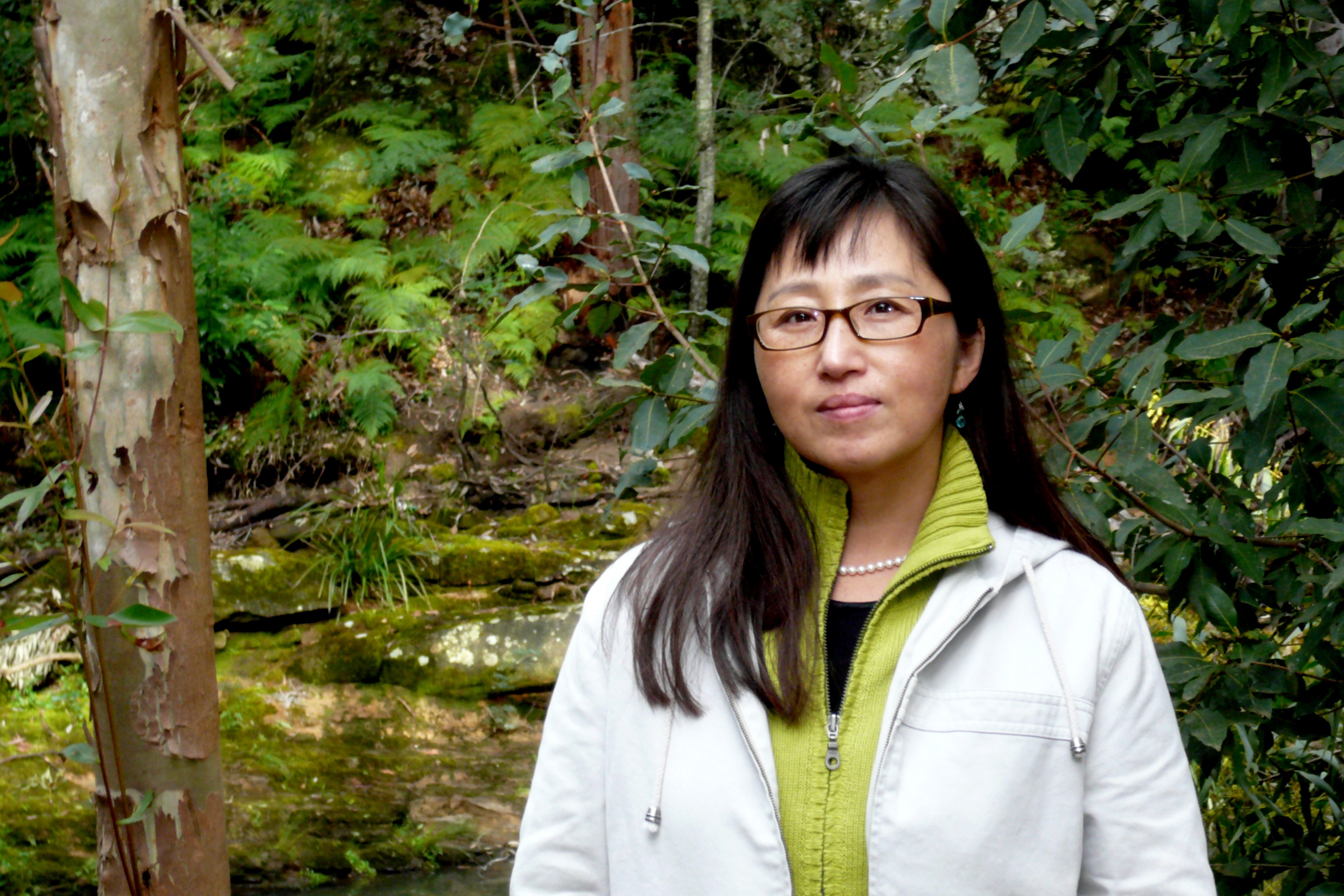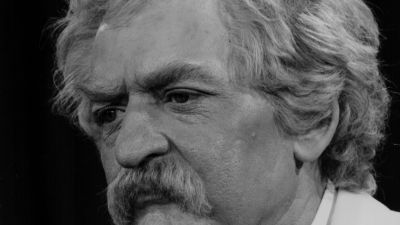April is National Poetry Month, and we’re celebrating by featuring examples of “civic” poetry from new and familiar voices. Throughout the month we’ll be discussing what it means to be civic through the art of words. Join us on Twitter at #civicpoetry.
Suicide Parade
Father — Cyanide=
Let’s take a closer look at the most feared weapon used by the US in the
Korean War, a gelling powder composed of naphthalene and palmitate
(hence napalm)
65% oleic acid + 30% coconut fatty acid + 5% naphthenic acid
necessitates most arguably necessary clinging burning
necessitates gasoline and stirring (hence gasstir)
which is to say South Korean laborers funnel napalm powder into gasoline tanks
Moisture is the greatest problem in mixing napalm
Reds dead without a mark on them (hence hardly)
Wooden warehouses and thatched-hut villages, common in Korea, were made
to order for firebombs, as were Japan’s wooden cities
(hence napalm) and (hence gasstir) and the respectable distance of the planes
maintains a gusto of ring spots
maintains Bombenbrandschrumpfleichen
which is to say incendiary-bomb-shrunken bodies
so the story of napalm is still being written in Korea
(hence napalm) + (hence gasstir)
double hence
Daughter — Cyanide=
“Suicide Parade” from Hardly War. Copyright 2016 by Don Mee Choi. Reprinted with permission of the author and Wave Books.
From the Poet
I wrote “Suicide Parade” after coming across on the internet a military magazine, Naval Aviation News (1951), about the use of napalm during the Korean War (1950-53). I used several lines from the publication such as “South Korean laborers funnel napalm powder” and “Reds dead with a mark on them.” I already knew that “fire bombs” were initially used during the latter part of World War II after learning about Howard Zinn’s experience of dropping a very crude form of napalm over towns in France. Napalm was used extensively during the Korean War, then developed further and used in the Vietnam War. I used the German term Bombenbrandschrumpfleichen in order to trace the use of the bomb from one war to another, then another. The most recent example is the use of Tomahawk missiles that the US utilized in Syria. The Tomahawk was first used in the 1991 Gulf War, then the Bosnian War, and then Iraq, through the war on terror. We need to remember that the main casualties are always civilians, especially women and children. I wanted to narrate in my poem the history of deaths resulting from one particular bomb amongst many. Deaths of civilians are constantly erased in the official narration of war. I like to believe that poetry can serve as a counter-narrative that can resist erasure and oblivion.
Lastly, on a more personal level, “Suicide Parade” alludes to an intergenerational trauma. Out of despair, my father kept cyanide in his pocket during the early part of the Korean War. A generation later, one of my siblings also had a close encounter with cyanide. It’s difficult to explain trauma — the trauma of war, trauma of loss, trauma of exile — and how they impact us on an existential level. What I can’t really articulate in words, I try to find a home for them in poetry.
This project was co-curated by the journalism nonprofit the Economic Hardship Reporting Project and its Puffin Story Innovation Fund.




